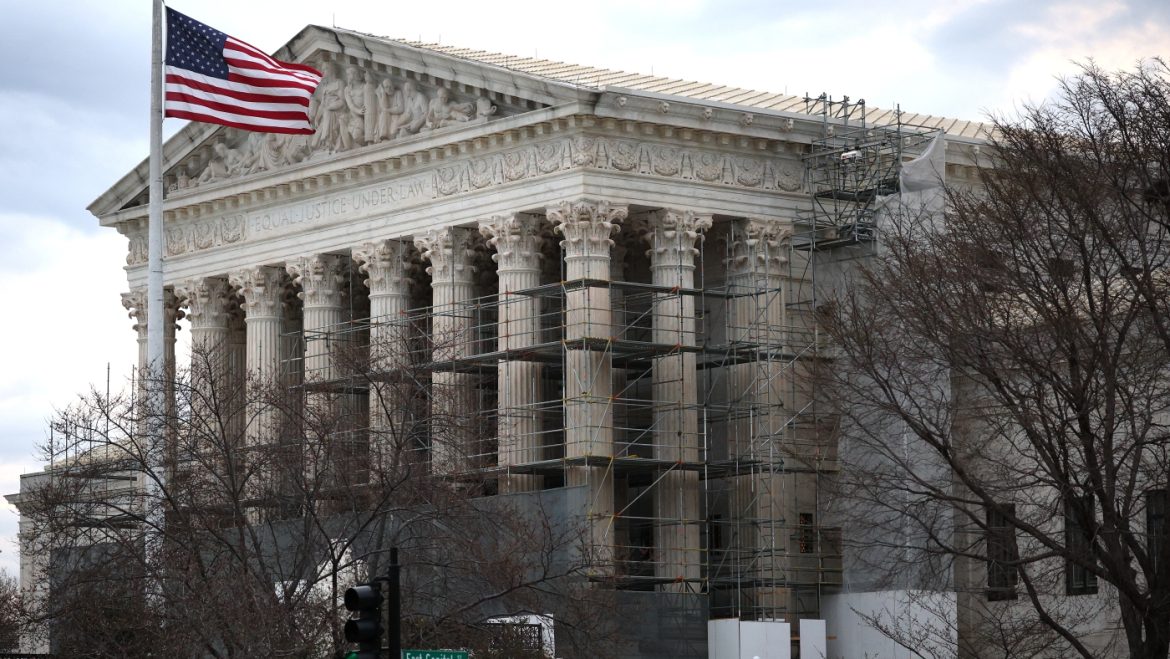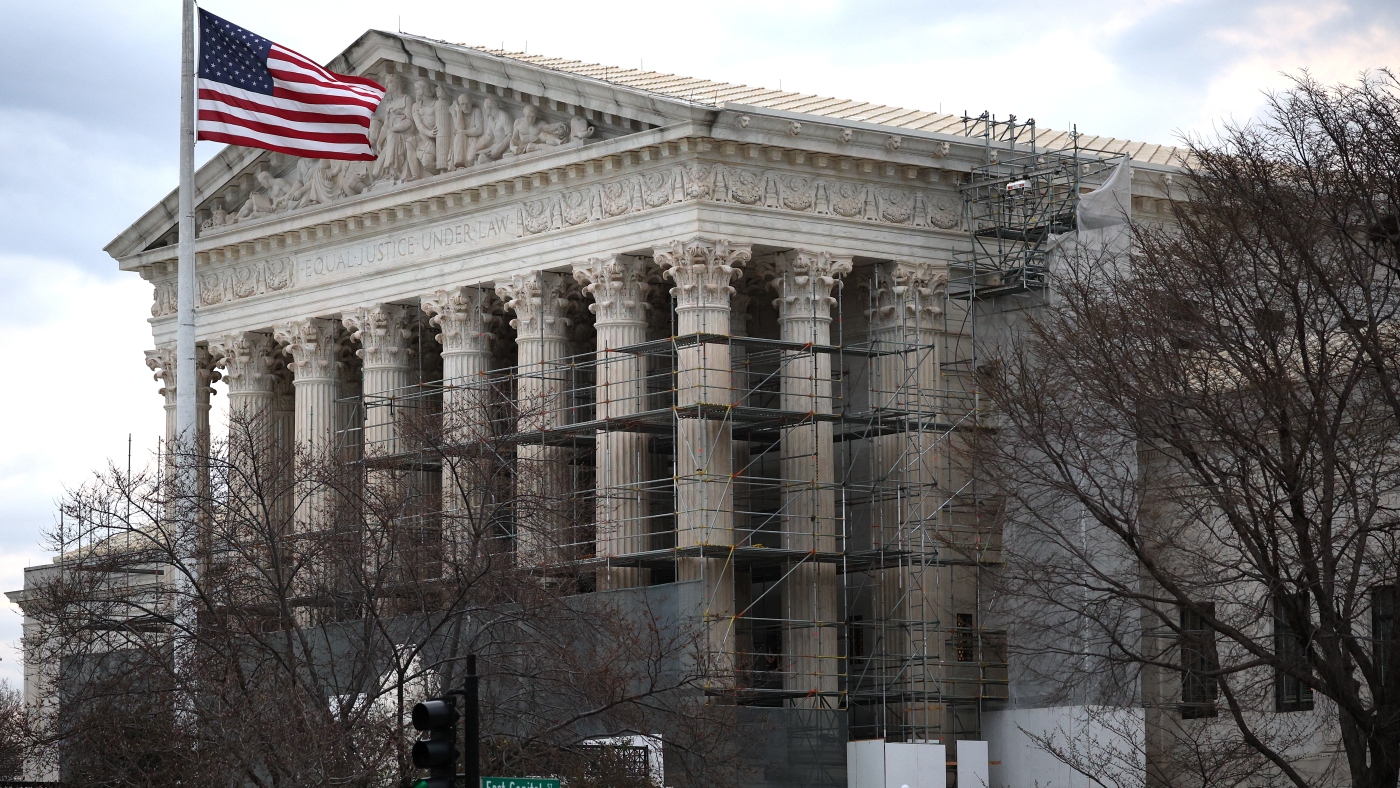The Supreme Court’s Decision on the Transgender Military Ban
The U.S. Supreme Court’s recent decision to allow the Trump administration to implement its ban on transgender military service members has sparked significant debate and concern. This ruling, while temporary, signals a potential long-term shift in military policy and raises important questions about equality, fairness, and the role of the judiciary in shaping national policy.
The Supreme Court’s Ruling
On Tuesday, the Supreme Court permitted the Trump administration to begin executing its ban on transgender military service members. This decision blocks a lower court order that had previously prevented the ban from taking effect. The Supreme Court’s action is seen as a strong indicator that the administration is likely to prevail in the long run, as it allows the ban to proceed even on a temporary basis.
The order strengthens the Trump administration’s policy by barring transgender individuals from enlisting and discharging active-duty transgender service members. This move is part of a broader effort to reverse the Obama-era policy that permitted transgender people to serve openly in the military.
Implications for Transgender Service Members
The Supreme Court’s decision has immediate and far-reaching implications for transgender service members. For those currently serving, the ban means potential discharge and the loss of benefits and protections. For transgender individuals who wish to enlist, the ban means exclusion from military service based on their gender identity.
The ban is seen as discriminatory by many, as it targets a specific group based on their identity rather than their ability to serve. Critics argue that the ban is “soaked with animus,” reflecting a prejudiced intent rather than a genuine concern for military readiness.
Legal Challenges and Future Outlook
The Supreme Court’s ruling does not definitively uphold the ban; rather, it allows the policy to take effect while legal challenges continue. Lower courts have previously ruled against the ban, finding it unconstitutional and discriminatory. These challenges will continue to work their way through the legal system, and the Supreme Court’s final decision on the matter remains to be seen.
The fact that the Supreme Court allowed the ban to proceed, even temporarily, suggests that the administration may ultimately prevail. However, the legal battles are far from over, and the outcome could still go either way.
The Role of the Judiciary
The Supreme Court’s decision highlights the complex role of the judiciary in shaping national policy. The court’s action to allow the ban to proceed, even temporarily, underscores the deference often given to military decisions. However, it also raises questions about the judiciary’s role in protecting the rights of marginalized groups.
The Supreme Court’s decision to allow the ban to take effect, even while legal challenges proceed, is a significant moment in the ongoing debate over transgender rights and military policy. The ruling reflects the court’s deference to military decisions but also raises important questions about the role of the judiciary in protecting the rights of all Americans.
Conclusion
A Pivotal Moment for Transgender Rights
The Supreme Court’s decision to allow the Trump administration’s ban on transgender military service members to take effect is a pivotal moment in the ongoing debate over transgender rights. While the ruling is temporary, it signals a potential long-term shift in military policy and raises important questions about equality, fairness, and the role of the judiciary.
As legal challenges continue, the future of the ban remains uncertain. However, the Supreme Court’s action underscores the need for ongoing vigilance and advocacy to protect the rights of transgender individuals and ensure that military policy reflects the values of equality and inclusion.
The coming months and years will be crucial in determining the ultimate fate of the ban and its impact on transgender service members. The legal battles are far from over, and the outcome could still go either way. However, one thing is clear: the Supreme Court’s decision has set the stage for a significant and ongoing debate over transgender rights and military policy.


